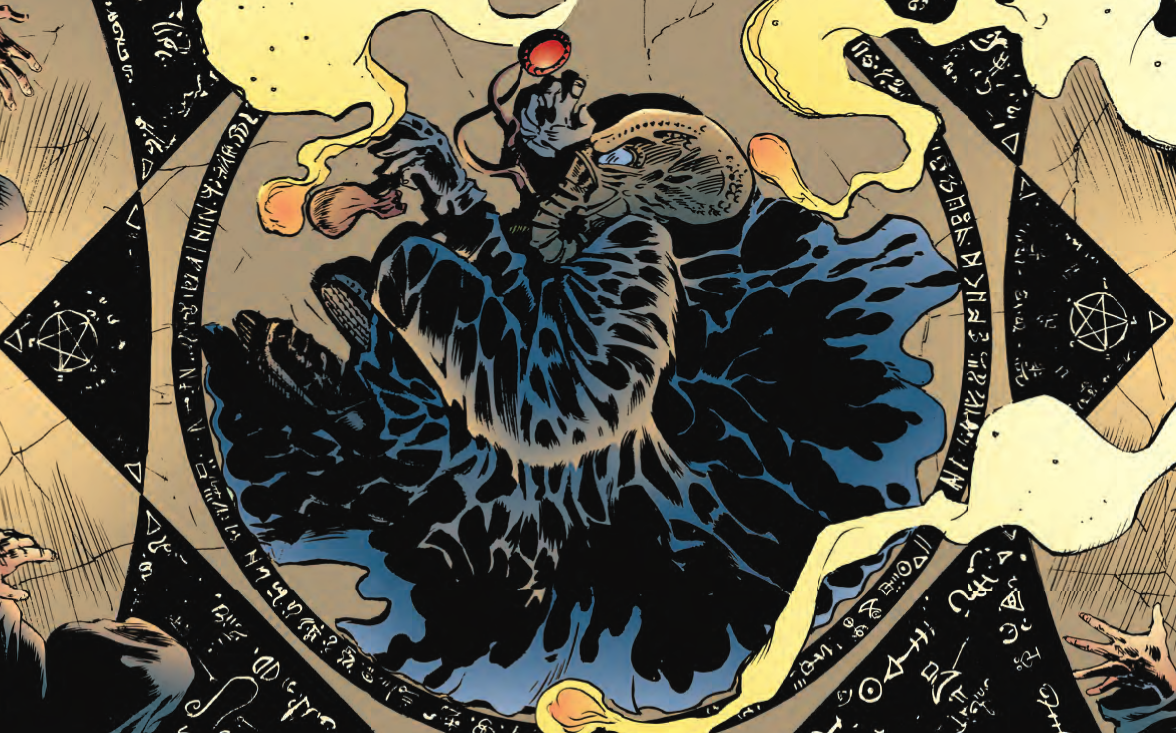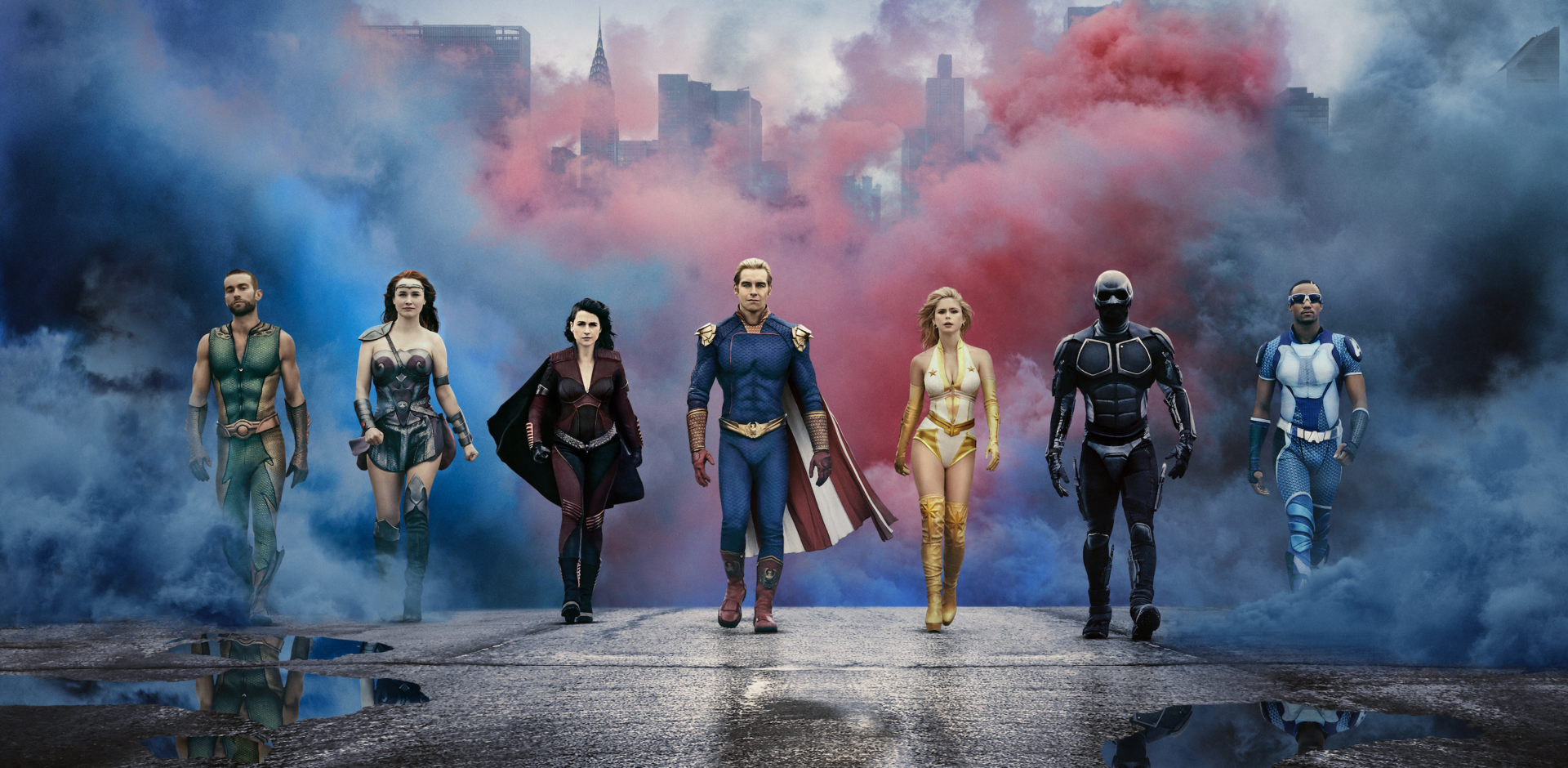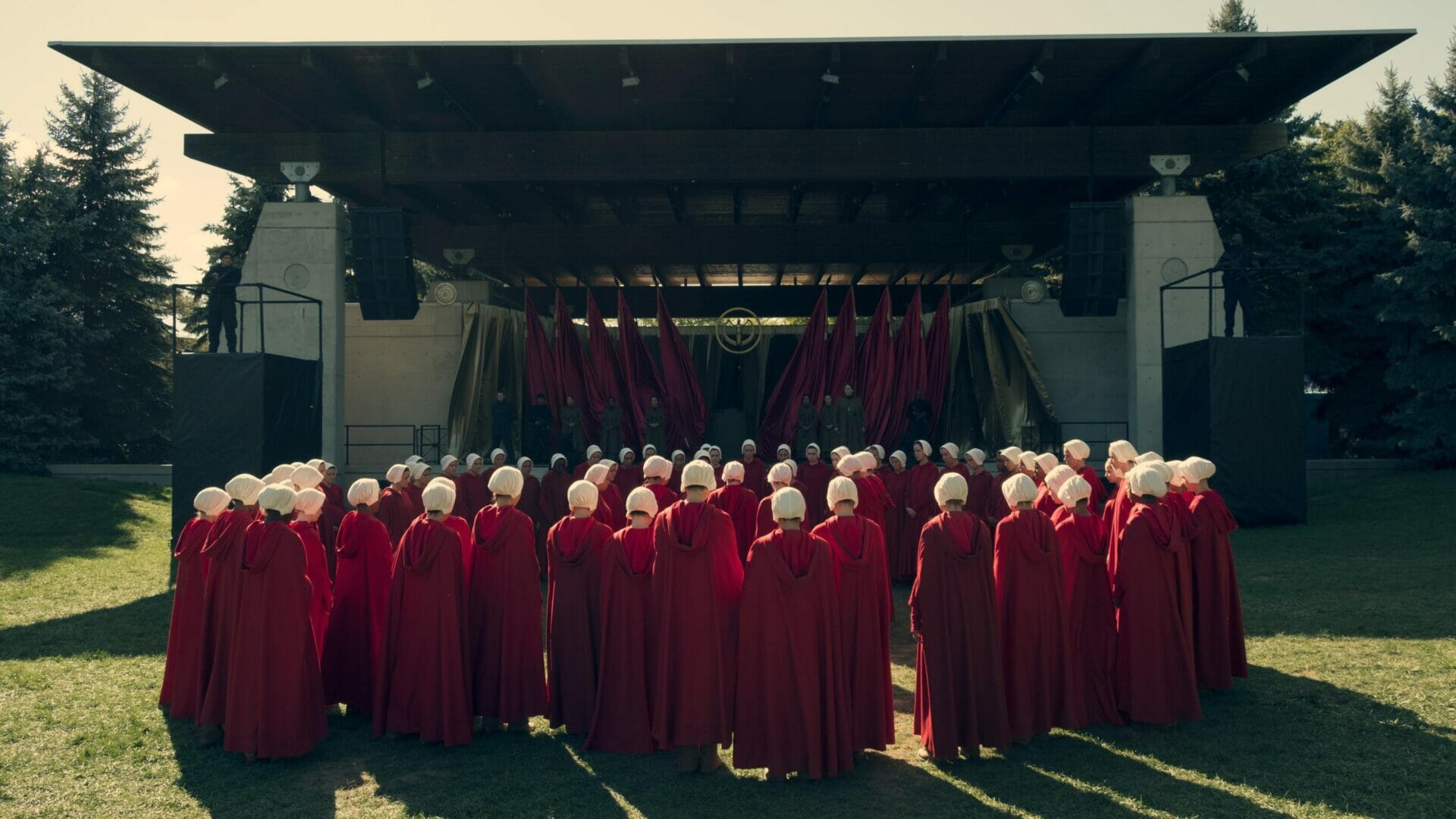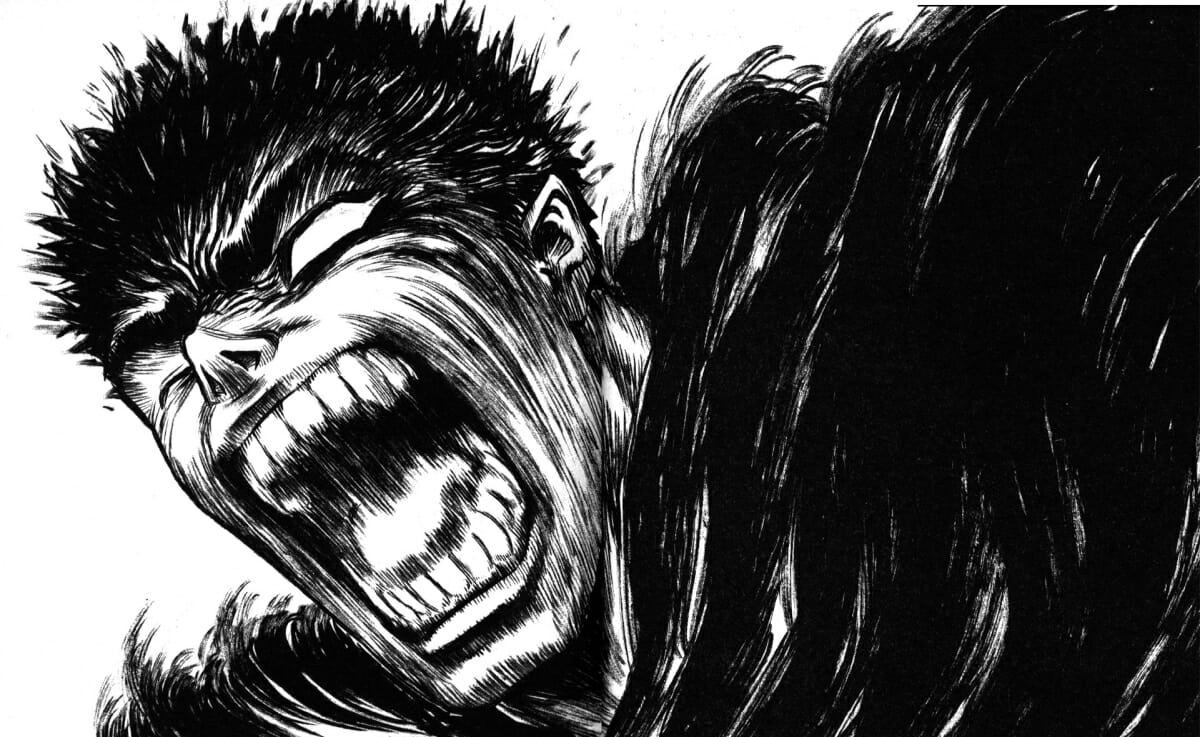
Berserk | The path of the Black Swordsman
Year
Since it came out in 1989, Berserk and its Black Swordsman Guts have been a dark fantasy cornerstone for manga and videogames. His legacy is a fact, especially for the characters’ design and the worldbuilding features. Guts’ sword, the Dragon Slayer, makes the reader think about other works like Claymore or the Dark Souls saga. And the protagonists of famous manga like Vagabond and Vinland Saga echoes with Guts and his difficult path of liberation from violence and vengeance.
Berserk: The Story of the Black Swordsman
Deep in the night, two people are having sex. Quite soon, the woman turns out to be a monster, ready to devour the man. But he blows her head off without a single gasp, using his cannon-equipped arm. That is how we make acquaintance with Guts. He is a cynic and harsh guy, careless about others and focused on one thing: slaying his enemies. Wielding his gigantic sword, Guts fights the Apostles, demons with supernatural powers who terrorize people. Soon enough the plot embarks on a long flashback, the renowned Golden Age arc. Throughout these chapters, the reader gets to know how Guts became the Black Swordsman, doomed to fight and suffer.
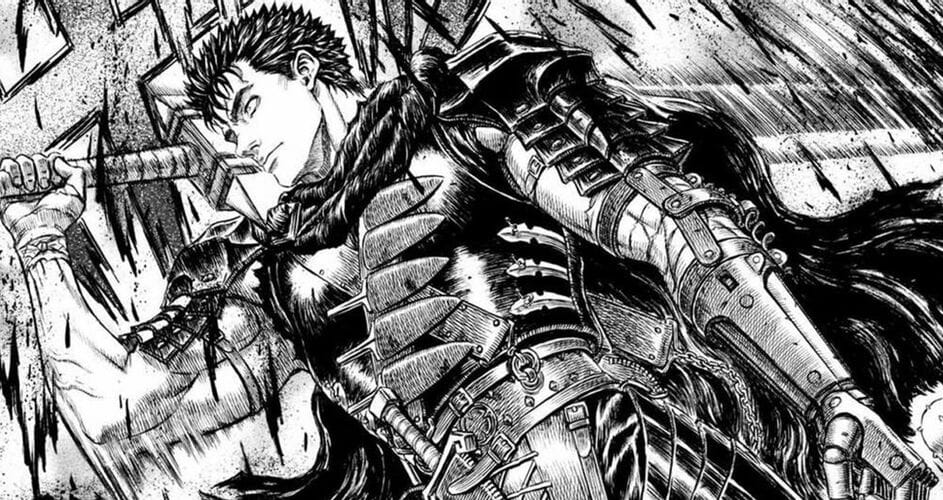
Born from a hanged woman, he always had to rely on himself to survive. The encounter with his friend/nemesis Griffith marks a significant change (a relationship that echoes the one of Devilman protagonists). This temporary peace breaks because of a traumatic event, which puts Guts at the mercy of supernatural powers and permanently changes his life. He has been marked and will be haunted by demons until his last breath. And yet the Black Swordsman decides to rebel against fate and fight to get his revenge.
Kentaro Miura’s Touch
Throughout Berserk, the Black Swordsman meets any kind of canon characters and settings for the genre. From demons, trolls, dragons to medieval castles, fairy places and enchanted equipment, the manga is almost a handbook to create the perfect fantasy story.
Nevertheless, the author Kentaro Miura stands out for his inclination for dark atmospheres and his ability at grabbing elements from different fields. He took inspiration from other mangaka, like Gō Nagai, but also from famous painters like M.C. Escher or Hieronymus Bosch, to the point of paying homage to them in several plates. There are also references from movies, like Hellraiser. The God Hand, Guts’ final target, is clearly inspired by the Cenobites. All these elements are mixed and reinterpreted with Miura’s personal touch, resulting in a very original work.
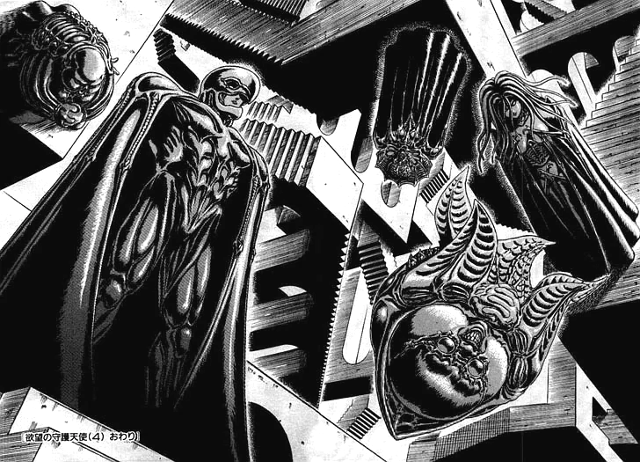
Also the tone and pace of the story vary a lot. Despite the overall feeling of discomfort and turmoil permeating the story, it would be unfair to consider Berserk as revolving exclusively around violence. Of course, gruesome battles and splatter scenes are more than common, anticipating manga like Gantz, Dorohedoro, Attack on Titan. And still, Miura frequently relieves tension thanks to touching scenes or close to nonsense gags. A function often fulfilled by the rascal fairy Pak, who constantly follows Guts and annoys him with jokes and parodies.
The path of vengeance
The are several macro-themes the reader can notice. Destiny and free will come up frequently during the story, often heralded by the Skull Knight, a mysterious figure who warns Guts about his future. The inherent risk of fundamentalism and insanity carried by religion is at the center of several story arcs. However, Guts’ core as a character is revenge. His blind and uncontainable rage against his enemies is what keeps him alive and at the same time consumes him. A conflict conveyed by the berserker armor, a powerful tool that increases the user’s strength but also threatens their mental and physical health.
The question Berserk seems to ask is: “Is it worth giving up everything for revenge?” and the Black Swordsman’s answer slowly shifts as the plot goes by. While at first fighting is the only thing that matters, later on Guts begins to live with a perpetual dilemma. He knows that, sooner or later, he will have to choose between the ones he cares about and his goal.
Berserk has animated adaptations, including a movie trilogy dedicated to the Golden Arc, and several hack and slash and Musou videogames. In 2002 it received an Award for Excellence from the Osamu Tezuka Cultural Prize. Despite the author’s untimely disappearance, which left the work unfinished, the publishing house Hakusensha decided to continue the work with the collaboration of Studio Gaga (made of Miura’s assistants) and the author’s friend and colleague Kouji Mori.
Tag
Buy a ☕ for Hypercritic







